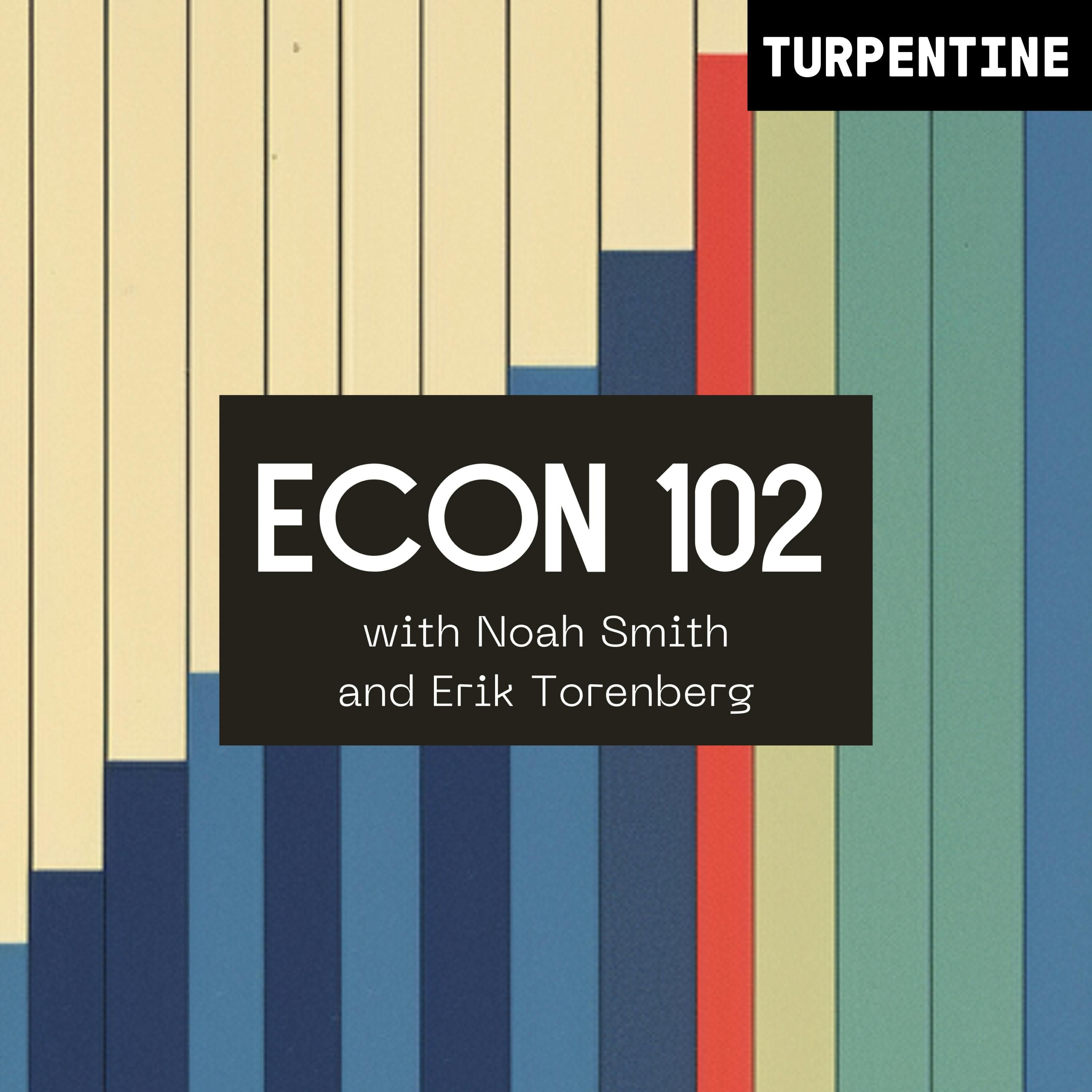PortalsOS
Related Posts
Vote to see vote counts
In the 1990s, massive spending on the dot-com build-out starved other sectors for capital. Now, the focus on AI and data centers might similarly impact other industries, raising the cost of capital and making it difficult for non-AI ventures to secure funding.
The potential for an AI-driven economic crash exists if financing outpaces revenue, similar to past telecom and railroad booms.
Data centers' growth could lead to economic risks if financed through unsustainable debt, similar to past financial crises.

The cynical take is that we're replicating the Chinese housing bubble, but instead of housing people, we're housing computers. Data center spending accounted for half of GDP growth in 2025. Without this bubble of excitement about AI, we'd be in trouble.
The rise of private credit markets in financing data centers could pose systemic risks if not monitored.
Data centers and the financing of AI infrastructure could lead to economic disruptions if financing outpaces revenue, similar to past telecom and railroad booms.

In 'Margin Call', Jeremy Irons explains why financial bubbles happen, listing crises from 1901 to 2008, emphasizing that we can't control them, only react.

Richard Thaler discusses his project of revisiting and updating his 1992 book on economic anomalies. He highlights the importance of verifying whether the foundational experiments still hold true today, both in theory and in real-world applications.

Data centers are experiencing a boom similar to past CapEx booms in America, like railroads and telecoms, which could lead to a crash if finance outruns revenue.